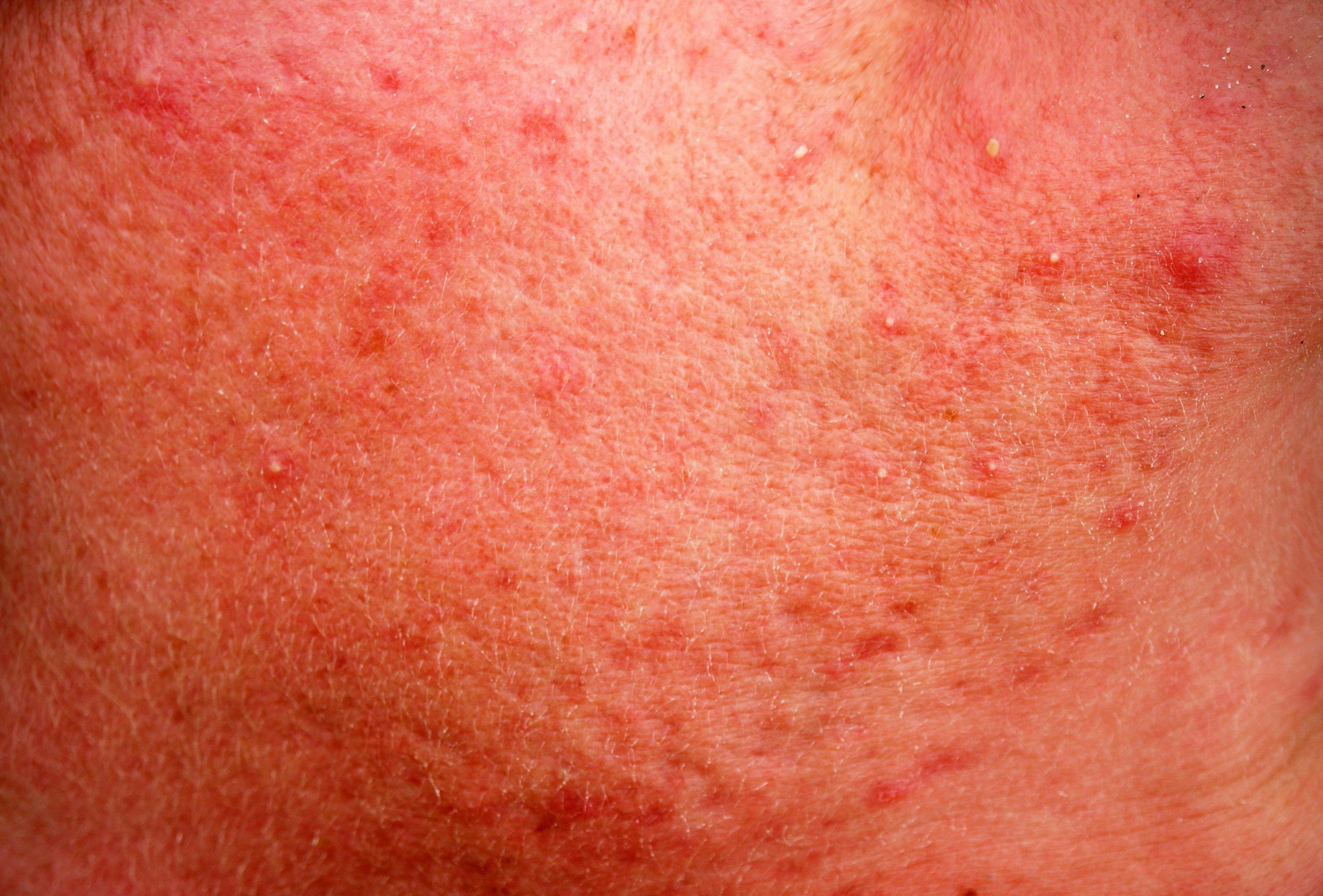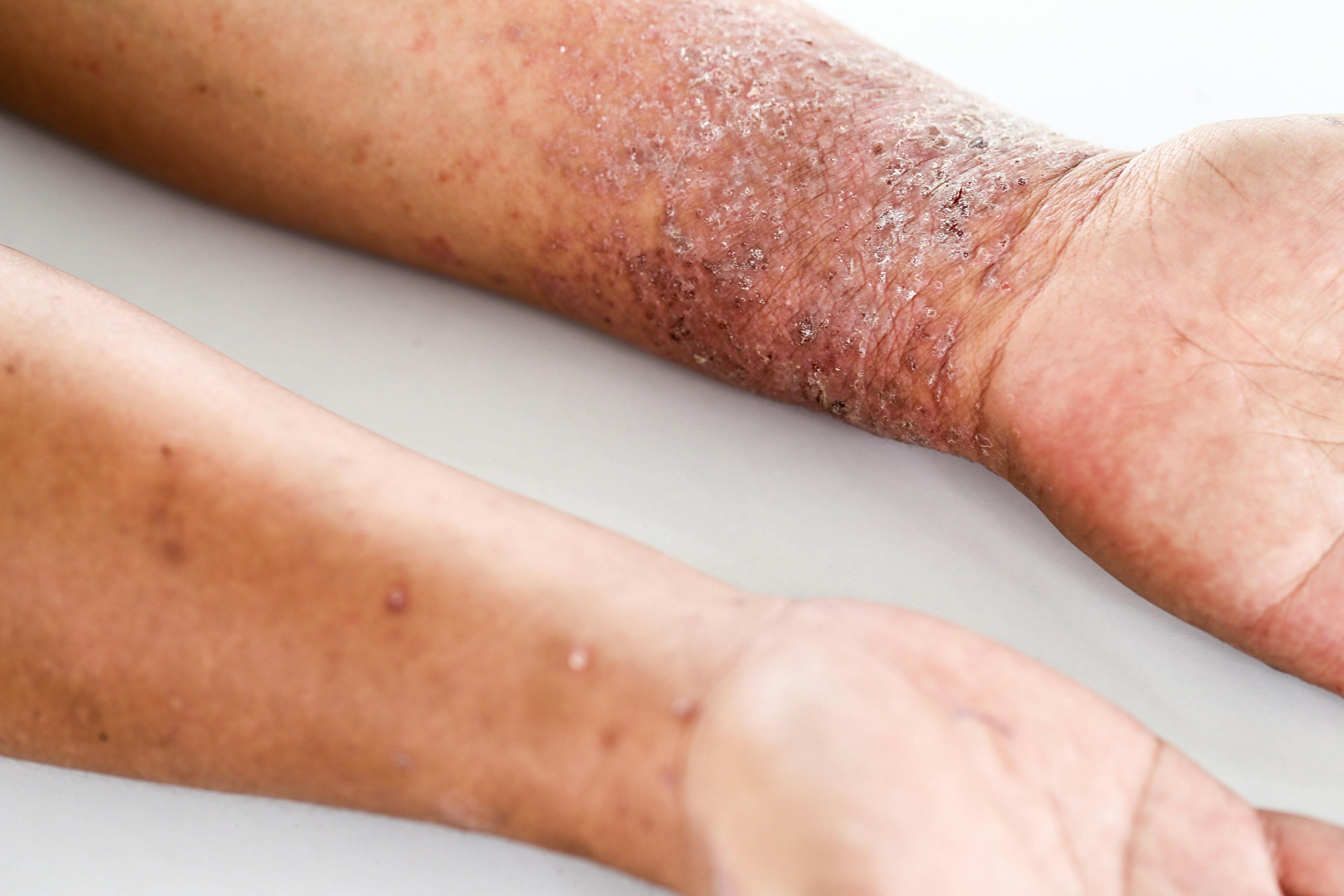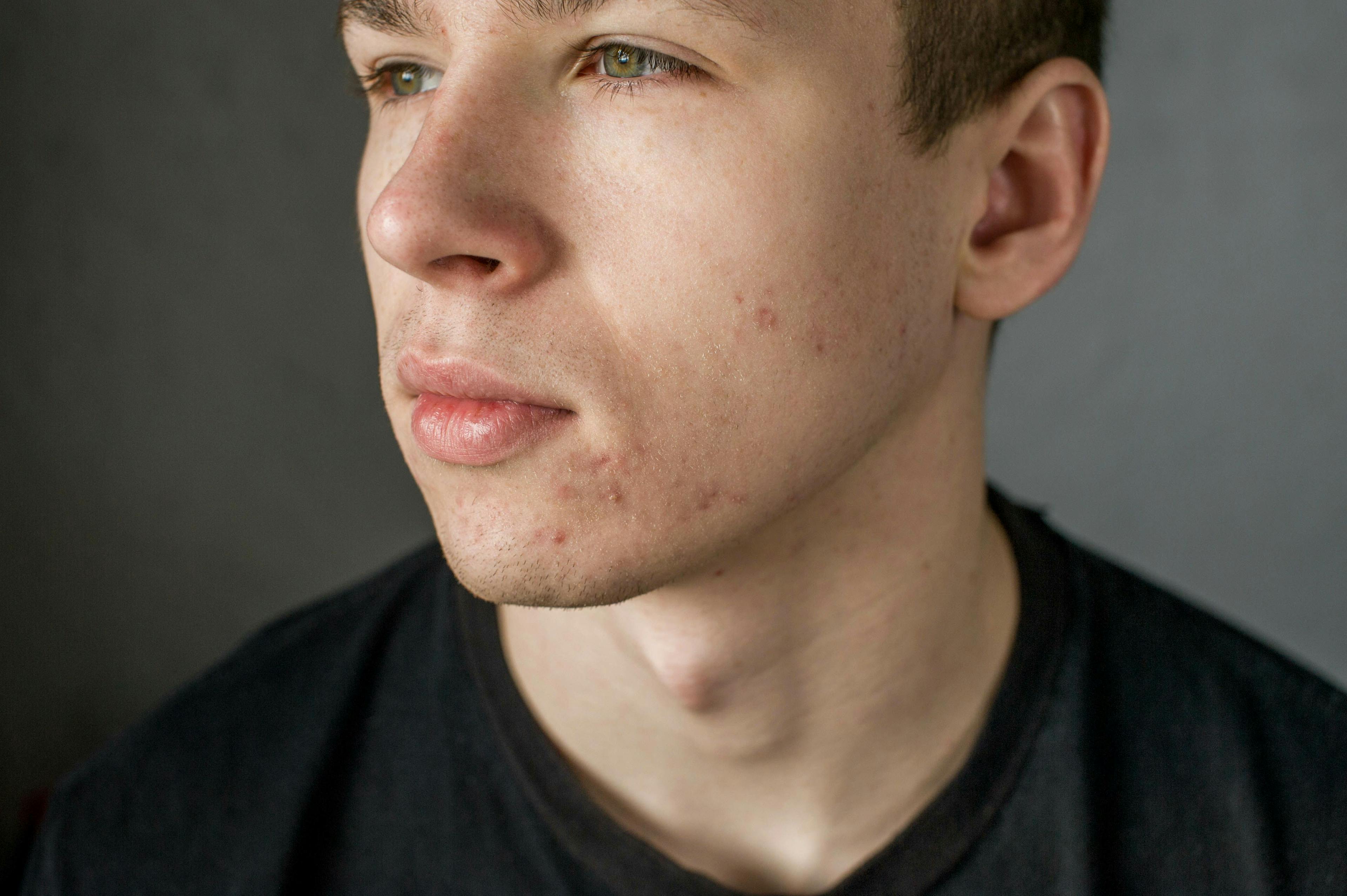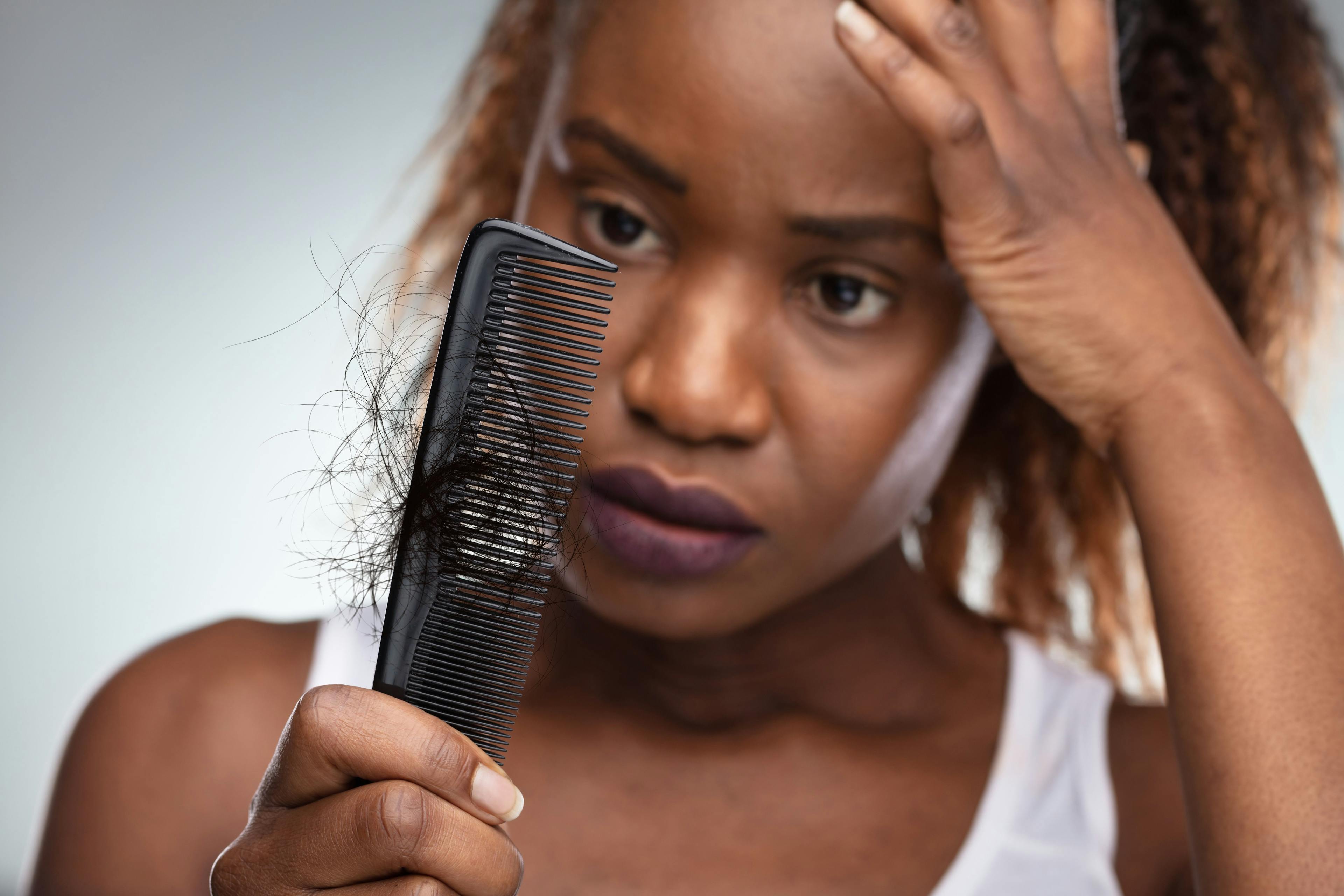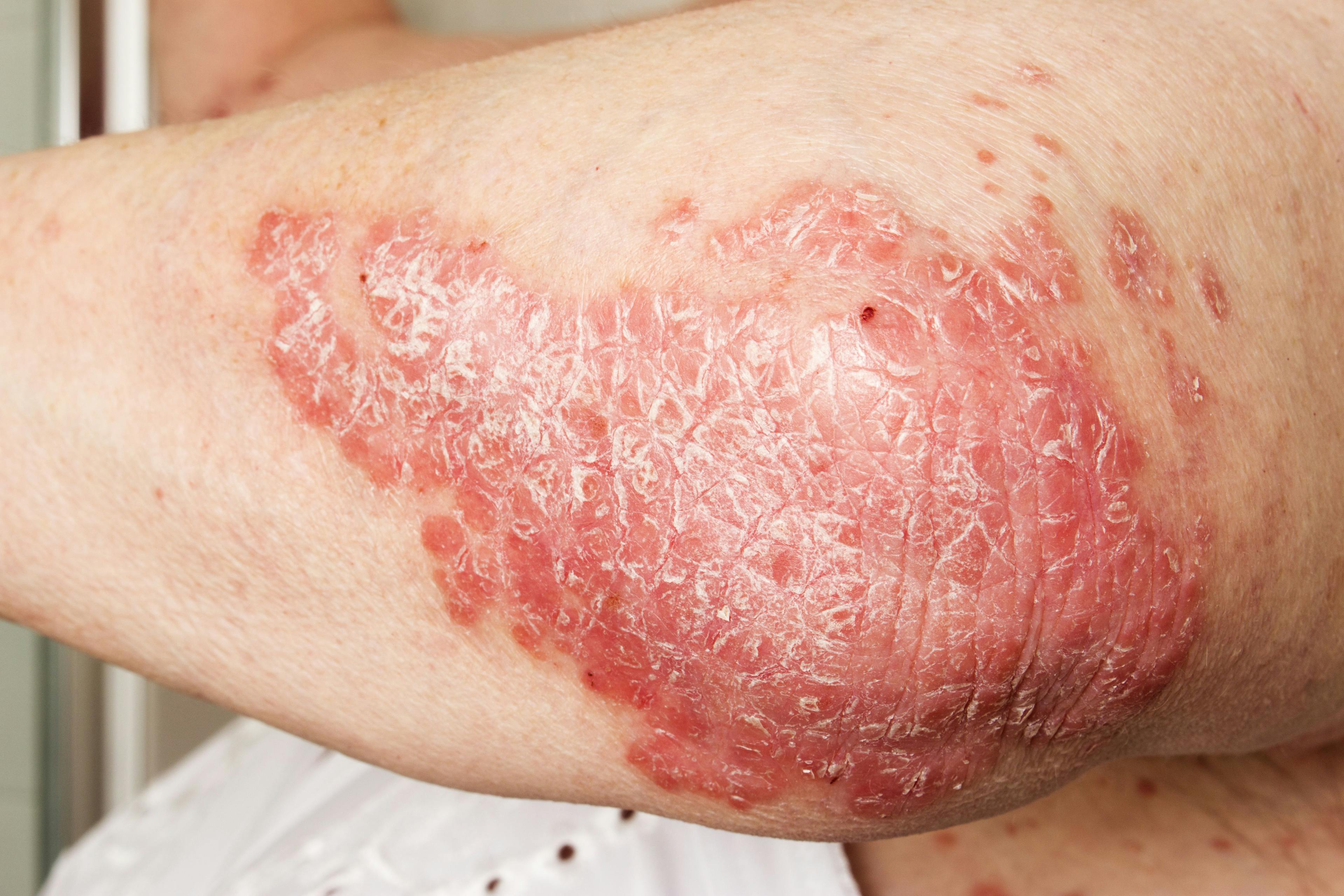- Acne
- Actinic Keratosis
- Aesthetics
- Alopecia
- Atopic Dermatitis
- Buy-and-Bill
- COVID-19
- Case-Based Roundtable
- Chronic Hand Eczema
- Chronic Spontaneous Urticaria
- Drug Watch
- Eczema
- General Dermatology
- Hidradenitis Suppurativa
- Melasma
- NP and PA
- Pediatric Dermatology
- Pigmentary Disorders
- Practice Management
- Precision Medicine and Biologics
- Prurigo Nodularis
- Psoriasis
- Psoriatic Arthritis
- Rare Disease
- Rosacea
- Skin Cancer
- Vitiligo
- Wound Care
Publication
Article
Dermatology Times
Multiple Modalities Help Revise Scars
Author(s):
From lasers to filler and microneedling, dermatologists have a broad menu of modalities for addressing the challenges of scars.
There are a plethora of methods to treat the appearance of scars. From lasers and fillers to microneedling, physicians have an arsenal of modalities to choose from to help them and their patients achieve desired results.
Three expert dermatologists offered best-practice strategies for their preferred methods of scar treatment in a panel discussion at the 2021 ODAC Dermatology, Aesthetic & Surgical Conference held virtually January 14 through 17, 2021.1 They discussed the outcomes possible with different approaches and highlighted a number of patient cases that put these various modalities to use.
The panel included Tim Flynn, MD, medical director of Cary Skin Center, in Cary, North Carolina; Joel Cohen, MD, director at AboutSkin Dermatology and DermSurgery, in Denver, Colorado; and Jill Waibel, MD, of Miami Dermatology and Laser Institute, subsection chief of dermatology at Baptist Hospital, and medical director of Miami Cancer Institute Multidisciplinary Skin Cancer Clinic, in Miami, Florida.
View an exclusive interview with one of the panelists here.
Waibel stressed the importance of identifying the etiology and physical classification of a scar to treat it effectively.
“Look at that scar and diagnose it,” said Waibel. “As dermatologists, we’re used to making a physical exam diagnosis.”
Solving the Challenges of Depressed Scars
Different scars benefit from different modalities. For example, according to Flynn, one method for treating a depressed scar is subcision using a noncoring needle or an 18-gauge regular needle, which is useful for scars depressed by a tether at the base of the dermis. Inserting the needle parallel under the skin surface and moving it back and forth to break these tethers helps release the depressed scar.
According to Flynn, some depressed scars need excision because they are too tightly bound down to the underlying fat. He suggested letting the scar mature until stable, usually around 9 months, and then excising these thick depressed scars or portions of the scar. He noted that often, the jawline and chin are prone to these scars.
However, not all depressed scars are bound down. Those that result from missing volume require a replacement to sufficiently treat the scar. In one case, Flynn used a filler to temporarily restore volume loss in a depressed scar on a patient’s nose.
Cohen added that he sometimes injects fillers to add volume to depressed scars but cautioned about using them in the distal nose. Instead, he recommended taking a dermal graft from behind the ear with a 3-mm punch biopsy. After taking off the epidermis, he makes a small incision at the tip of the nose to lift the scar using a subcision needle and employs a “windshield wiper motion.” He then positions the graft with Bishop-Harmon forceps and sutures it in place.
“I feel good about building this area up using something that has durability and avoiding filler in areas already scarred and where vessels may be compressed,” said Cohen. “There is very limited blood supply to the distal nose, so I’m a little apprehensive about putting fillers there.”
Expanding Treatment Choices
According to Flynn, microneedling can be another modality for scar revision. He added that although it’s easy to perform, microneedling requires multiple treatment sessions to achieve desired results. Microneedling includes very little bleeding or bruising.
Cohen also pointed out the benefits of this modality. He frequently uses microneedling radio frequency (RF) for treating acne scars, particularly rolling scars. This treatment has an added advantage because it can be used on any skin type.
What’s more, Flynn noted that performing a Z-plasty, a procedure where a z-shaped incision breaks up the scar and reduces skin tightness, can be a can be a viable option to treat scars with the need to reorient, release tension in a free margin, fix a postoperative web, or reposition an anatomical unit.
Effective Combination Therapy
Waibel suggested using lasers as first-line therapy in the management of scars. She recommended implementing multiple lasers in 1 session to help progress the treatment of scars. In 1 patient burn case she presented, Waibel utilized 3 different lasers to help repair the scar: a pulsed dye laser to treat the red areas, a nonablative fractional to treat the atrophic area, and an ablative fractional to treat the hypertrophic area.
According to Cohen, lasers may also offer a solution to the challenges of treating acne scars on skin of color. He added that physicians now benefit from using ablative fractional erbium and nonablative lasers to help with the treatment of acne scars in darker skin types. “In some cases, I actually do a combination with a hybrid fractional called Halo, using 2940 ablative fractional erbium and then a1470 nonablative,” he said.
Additionally, Cohen highlighted the importance of early intervention for scar therapy.
“Historically, people have often waited until a scar ‘declared itself’, and I don’t think anybody has a great understanding of what that means, but we do know that it’s more difficult to treat scars that are older,” he said. “So, it would be optimal in many cases to start treating a scar, whether it’s a traumatic scar or a postskin cancer removal scar, at about 2 or 3 months.”
Cohen added that research on pulsed dye and fractional carbon dioxide lasers showed a synergy between the 2 for early intervention scar therapy.
“I think we need to rethink how we approach scars and how we can make scars look better earlier [during which] the wound is still remodeling, and the area is still repairing by using these modalities like fractional ablative lasers,” Cohen said.
Disclosures:
Flynn is a consultant with Canfield Scientific.
Cohen reports no relevant conflict of interest or financial disclosures.
Waibel reports working with AbbVie, Cytrellis Biosystems, Dominion Aesthetic Technologies, Eli Lilly and Company, L’Oréal, Lumenis, Lutronic, Michelson Diagnostics, Novartis, ReGenX, Pfizer, Sciton, Sebacia, Strata Skin Sciences, and Syneron Candela.
Reference:
Cohen J, Flynn T, Waibel J. Postoperative treatment of scars: fillers, lasers & other modalities. Presented at: 2021 ODAC Dermatology, Aesthetic & Surgical Conference; January 14-17, 2021; Virtual.

Newsletter
Like what you’re reading? Subscribe to Dermatology Times for weekly updates on therapies, innovations, and real-world practice tips.




